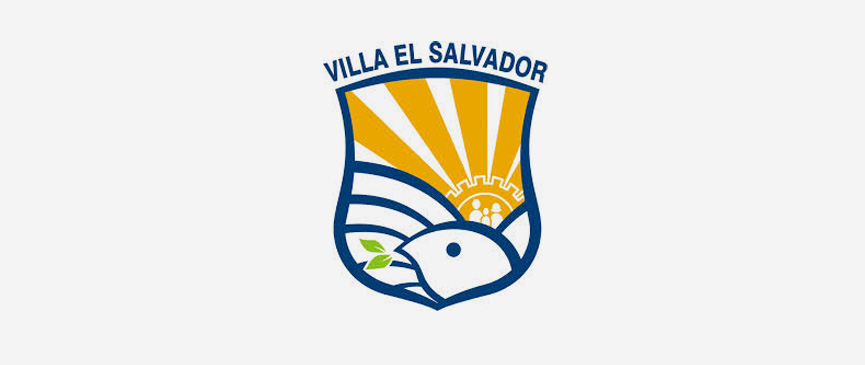You are in:
Laureates
Start of main content
Villa El Salvador Lima (Peru)
Prince of Asturias Award for Concord 1987

Villa El Salvador is the newest district in Lima, Peru. It was proposed as a candidate for the 1986 Nobel Peace Prize by the International Commission for Human Rights, and declared “Figure of the Year” in Peru, as an example of solidarity and cooperation, by the Peruvian newspaper La República. Its permanent motto is: “Peace and Social Justice”. In keeping with the philosophy of this motto, Villa El Salvador continuously carries out actions in defence of human rights.
The history of this housing project or new town began in 1971 with the occupation of some land by families in need of housing. On 11th May 1971, the government of General Juan Velasco handed over to them a vast stretch of sandy desert, south of Lima, for the squatters to build a town.
At the time of receiving the 1987 Prince of Asturias Award for Concord, Villa El Salvador had more than three hundred thousand inhabitants, mostly of Andean origin. Its mass character has made it the largest workers’ housing experiment in Peru, and one of the largest in Latin America.
The “town planning”, taken on by the residents themselves, who build their own homes and streets, consists of a design in which twenty-four families form a block and sixteen blocks form a group (or neighbourhood), with certain areas being set aside for schools, markets, recreation centres and about a thousand acres for agricultural and industrial area.
Their neighbourhood organisation, which always maintains a high degree of democratic participation, consists of a self-managing model based on Andean tradition. Thousands and thousands of residents thus become leaders each year. Each housing block elects five leaders, who are responsible for the different secretariats: Health, Education, Commercialisation, Production and Services. Each neighbourhood in turn chooses another eight representatives and finally ten people are appointed to form the Communal Executive Council, where the whole population is represented.
1973 saw the holding of the first Settlers’ Convention and the founding of the Self-Managing Urban Community of Villa El Salvador [its Spanish acronym being CUAVES: Comunidad Urbana Autogestionaria de Villa El Salvador]. Other neighbourhood organisations have sprung from this, such as the People’s Women’s Federation, the Association of Small-scale Industries and Craftsmen and the Central Market Cooperative Group, making Villa El Salvador a model self-managing community worthy of study.
Eighty per cent of the town has water, drains and electricity. One hundred per cent of the children go to school and there is a wide-ranging network of public libraries. More than thirty cooperative markets and nearly 7,000 commercial establishments are to be found throughout the town. It also has its own university, the National Technological University of the Southern Cone (Spanish acronym, UNTECS), which opened in Lima in 2004.
Intensive work and the reuse of previously treated wastewater allow what was once a desert to produce to capacity.
The Villa El Salvador experiment is influencing different Peruvian districts. The great prestige this community has acquired over the years led to its being chosen by different national organisations from all over Peru to host the First National People’s Congress in June 1987. Among the many public figures and international delegations that have visited the community is Pope John Paul II, who appeared in a historic meeting with the settlers on 5th February 1985.
In 1987, Miguel Azcueta, born in Madrid to a Basque family, was the mayor and leader of this town which has managed to find itself in the sands of the desert. He arrived in Peru just in time to see the birth of a town in the most remarkable annexation the country had ever seen and to follow, step-by-step, as just one more of those involved, the march of thousands of people who had fled poverty and neglect in search of a place in the Peru of the future. Its current mayor is Santiago Mozo Quispe.
End of main content
Sección de utilidades
Fin de la sección de utilidades
- Legal document Legal document (Access key 8)
- | Privacy policy Privacy policy (Access key )
- | Social networks ???en.portal.pie.menu107.title???
- | Cookies ???en.portal.pie.menu110.title???
- | Site map Site Map (Access key 3)
- | Contact Contact (Access key )
- | XHTML 1.0
- | CSS 2.1
- | WAI 'AA
© Copyright 2024. FUNDACIÓN PRINCESA DE ASTURIAS



